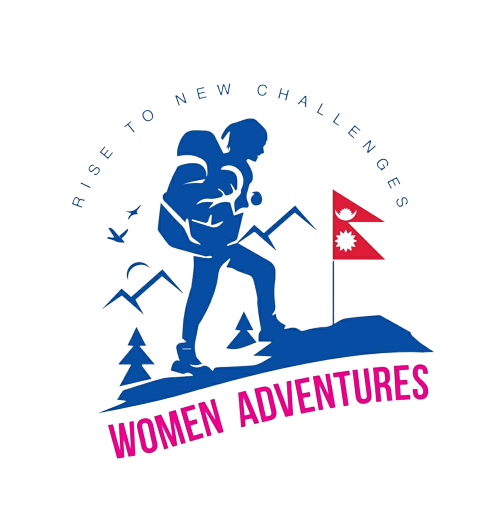Nepal Trekking (Travel & Tickets - Travel Agents)
Hot-Web-Ads > Travel & Tickets > Travel Agents
Item ID 15382876 in Category: Travel & Tickets - Travel Agents
Nepal Trekking | |
Nepal is renowned for its stunning landscapes, including the Himalayan mountain range, making it a popular destination for trekking and outdoor enthusiasts. Here are some essential things to know about trekking in Nepal: Trekking Regions: Nepal offers a variety of trekking regions, each with its own unique features. Some of the most famous trekking areas include the Everest Region (including the Everest Base Camp trek), the Annapurna Region (Annapurna Circuit and Annapurna Base Camp), Langtang Region, and the Manaslu Circuit. The choice of region depends on your preferences, experience level, and the time you have available. Permits: Most trekking areas in Nepal require trekking permits. These permits help fund conservation efforts and ensure safety. The types of permits required can vary by region, so it's important to research and obtain the necessary permits before starting your trek. Trekking Seasons: The best time for trekking in Nepal is during the pre-monsoon (spring) and post-monsoon (autumn) seasons. Spring (March to May) and autumn (September to November) offer the best weather conditions, with clear skies and mild temperatures. Winter and monsoon seasons can be less ideal due to extreme cold or heavy rainfall. Tea Houses vs. Camping: In many trekking areas, you can choose between staying in tea houses or camping. Tea houses are small lodges that offer basic accommodation and meals. This option is more comfortable and popular for trekkers. Camping is also an option, but it requires more planning and equipment. Altitude Acclimatization: Trekking in Nepal often involves gaining significant altitude. Proper acclimatization is crucial to avoid altitude sickness. Trekking itineraries typically include rest days at higher altitudes to allow your body to adjust. Physical Fitness: Trekking in Nepal can be physically demanding, especially at higher altitudes. It's important to be in good physical shape before embarking on a trek. Cardiovascular fitness, strength, and endurance training are beneficial. Guide and Porter: Hiring a local guide and porter is common and recommended, especially for first-time trekkers. A guide can help with navigation, provide cultural insights, and assist in case of emergencies. A porter can carry your heavy backpack, allowing you to enjoy the trek more comfortably. Gear and Equipment: You'll need appropriate trekking gear and clothing, including sturdy hiking boots, warm clothing, a good backpack, a sleeping bag, and other essentials. It's possible to rent or purchase gear in Nepal, but it's advisable to bring your own well-fitted equipment. Responsible Trekking: Respect the local culture, environment, and wildlife. Carry out all waste and leave no trace. Support local communities by staying in local lodges and buying locally-made products. Permit Information: Specific permit requirements and regulations can change, so check the latest information with the Nepal Tourism Board or local authorities before planning your trek. Trekking in Nepal can be a life-changing experience, offering breathtaking scenery, cultural immersion, and a sense of adventure. However, it's essential to plan your trek carefully, consider your fitness level, and be aware of the challenges associated with high-altitude trekking.  | |
| Target State: All States Target City : All Cities Last Update : Sep 28, 2023 1:08 AM Number of Views: 60 | Item Owner : Nirmala Contact Email: (None) Contact Phone: (None) |
| Friendly reminder: Click here to read some tips. | |
Hot-Web-Ads > Travel & Tickets > Travel Agents
© 2024 Hot-Web-Ads.com
USNetAds.com | GetJob.us | CANetAds.com | UKAdsList.com | AUNetAds.com | INNetAds.com | CNNetAds.com | USAOnlineClassifieds.com
2024-05-02 (0.254 sec)